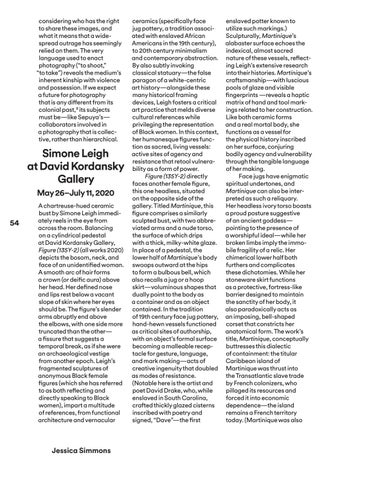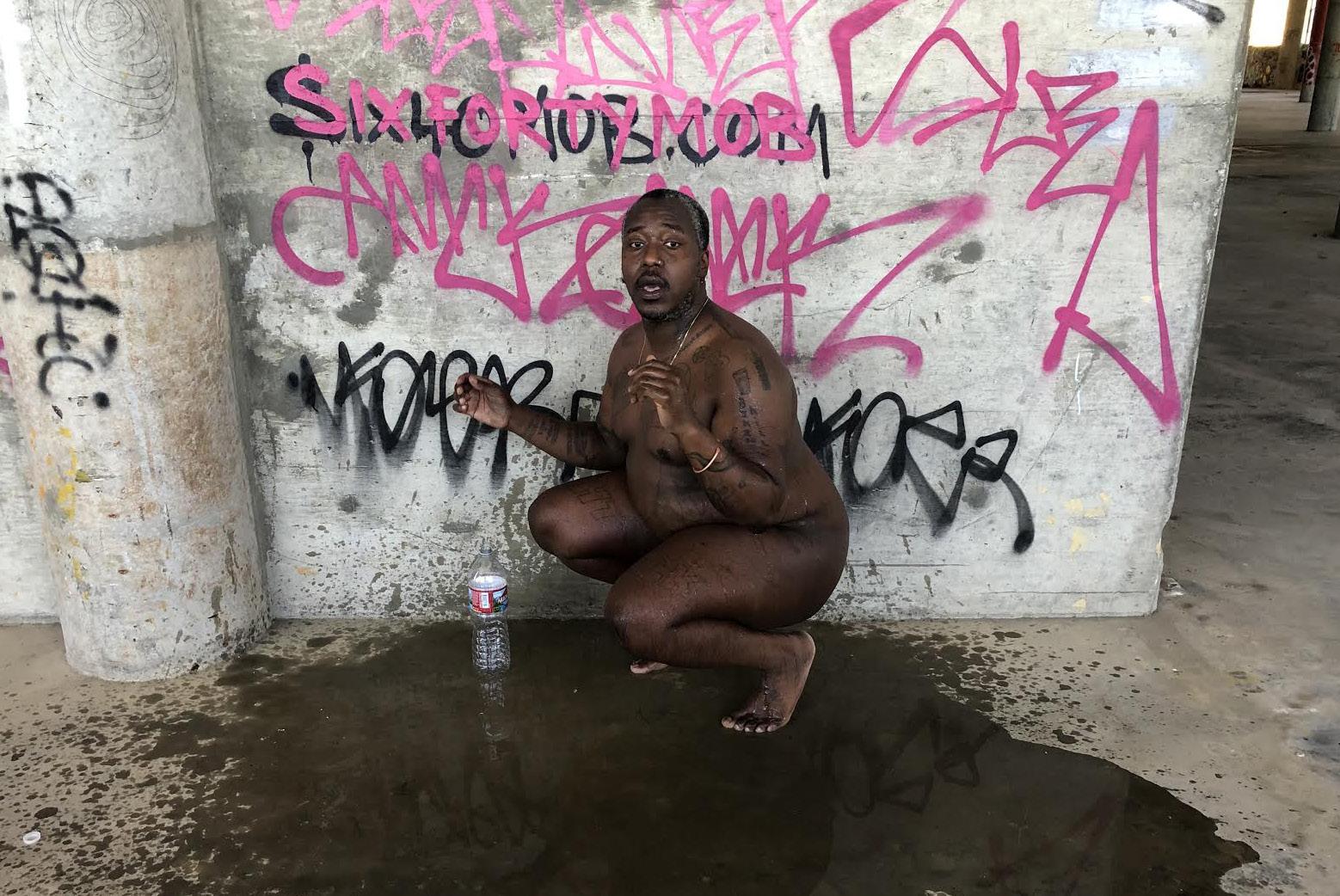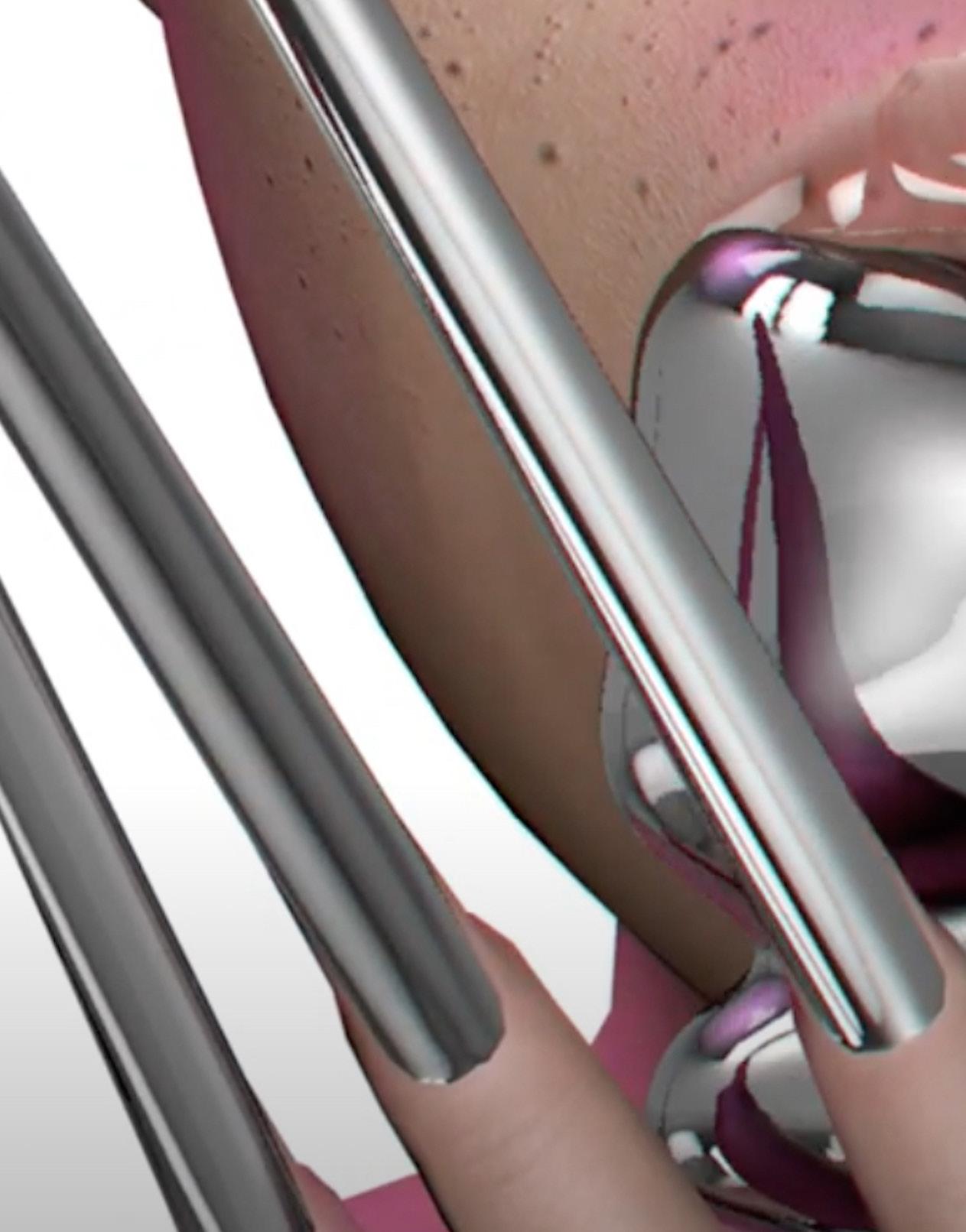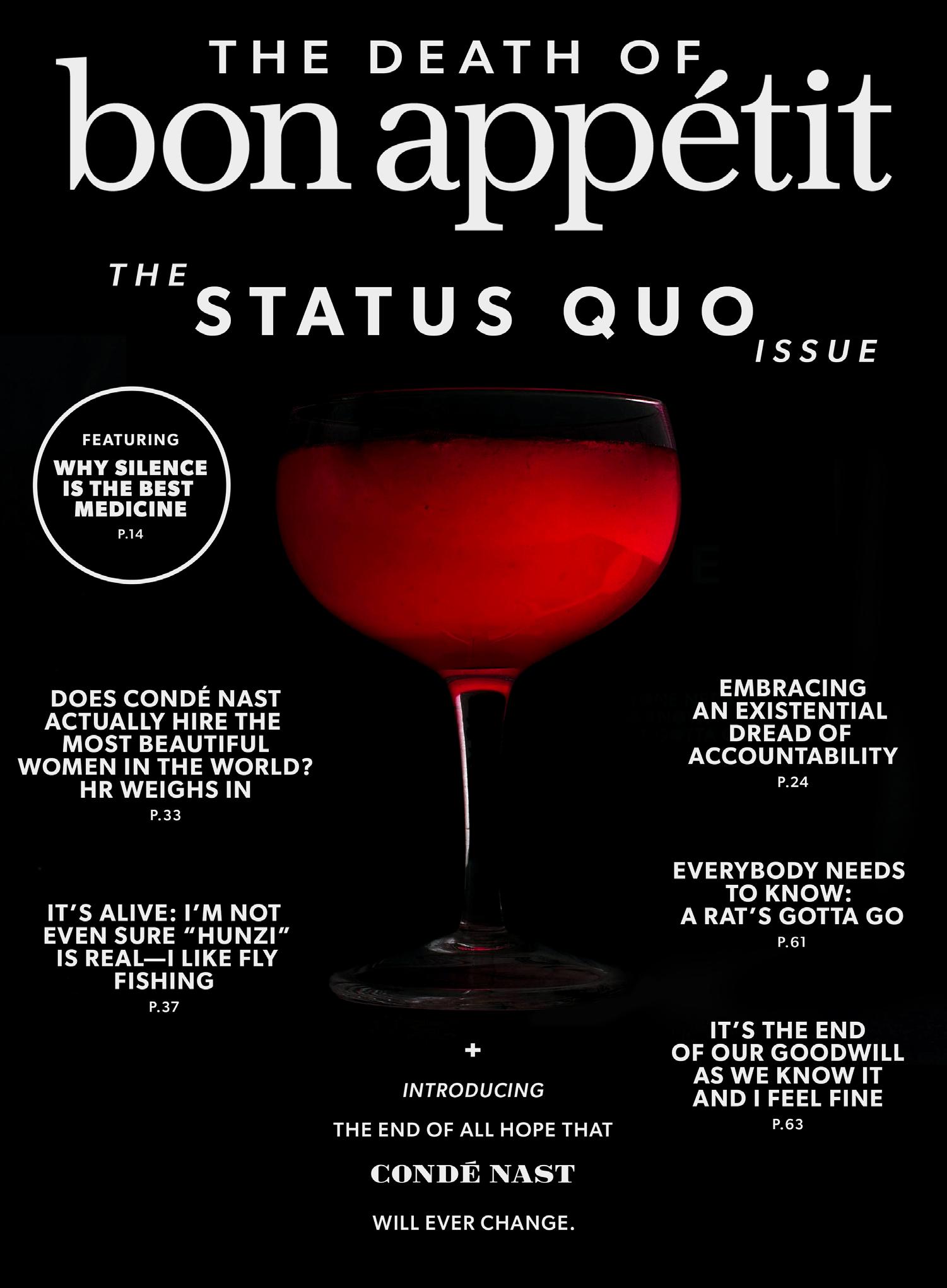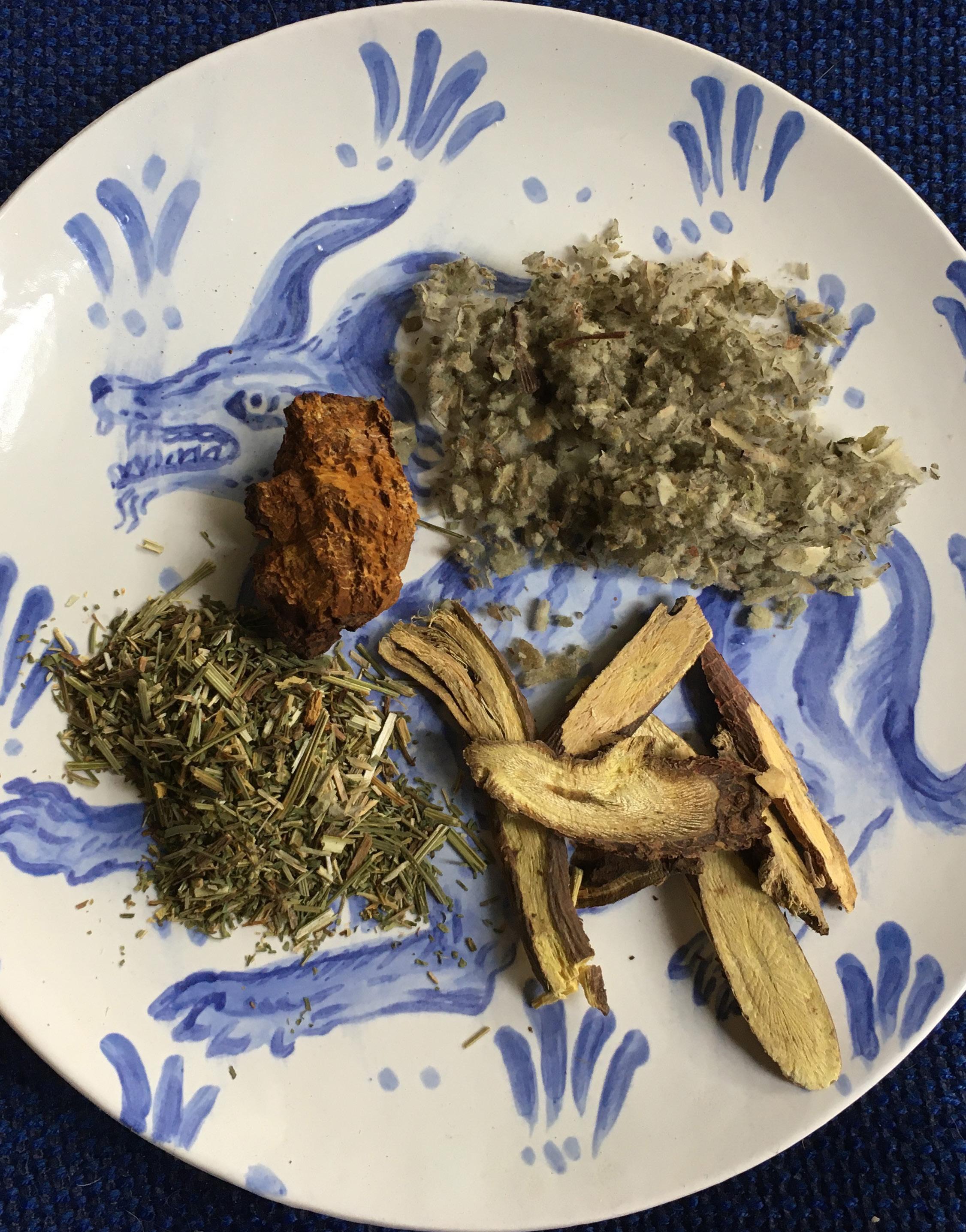considering who has the right to share these images, and what it means that a widespread outrage has seemingly relied on them. The very language used to enact photography (“to shoot,” “to take”) reveals the medium’s inherent kinship with violence and possession. If we expect a future for photography that is any different from its colonial past,³ its subjects must be—like Sepuya’s— collaborators involved in a photography that is collective, rather than hierarchical.
Simone Leigh at David Kordansky Gallery May 26–July 11, 2020 54
A chartreuse-hued ceramic bust by Simone Leigh immediately reels in the eye from across the room. Balancing on a cylindrical pedestal at David Kordansky Gallery, Figure (135Y-2) (all works 2020) depicts the bosom, neck, and face of an unidentified woman. A smooth arc of hair forms a crown (or deific aura) above her head. Her defined nose and lips rest below a vacant slope of skin where her eyes should be. The figure’s slender arms abruptly end above the elbows, with one side more truncated than the other— a fissure that suggests a temporal break, as if she were an archaeological vestige from another epoch. Leigh’s fragmented sculptures of anonymous Black female figures (which she has referred to as both reflecting and directly speaking to Black women), impart a multitude of references, from functional architecture and vernacular
Jessica Simmons
ceramics (specifically face jug pottery, a tradition associated with enslaved African Americans in the 19th century), to 20th century minimalism and contemporary abstraction. By also subtly invoking classical statuary—the false paragon of a white-centric art history—alongside these many historical framing devices, Leigh fosters a critical art practice that melds diverse cultural references while privileging the representation of Black women. In this context, her humanesque figures function as sacred, living vessels: active sites of agency and resistance that retool vulnerability as a form of power. Figure (135Y-2) directly faces another female figure, this one headless, situated on the opposite side of the gallery. Titled Martinique, this figure comprises a similarly sculpted bust, with two abbreviated arms and a nude torso, the surface of which drips with a thick, milky-white glaze. In place of a pedestal, the lower half of Martinique’s body swoops outward at the hips to form a bulbous bell, which also recalls a jug or a hoop skirt—voluminous shapes that dually point to the body as a container and as an object contained. In the tradition of 19th century face jug pottery, hand-hewn vessels functioned as critical sites of authorship, with an object’s formal surface becoming a malleable receptacle for gesture, language, and mark making—acts of creative ingenuity that doubled as modes of resistance. (Notable here is the artist and poet David Drake, who, while enslaved in South Carolina, crafted thickly glazed cisterns inscribed with poetry and signed, “Dave”—the first
enslaved potter known to utilize such markings.) Sculpturally, Martinique’s alabaster surface echoes the indexical, almost sacred nature of these vessels, reflecting Leigh’s extensive research into their histories. Martinique’s craftsmanship—with luscious pools of glaze and visible fingerprints —reveals a haptic matrix of hand and tool markings related to her construction. Like both ceramic forms and a real mortal body, she functions as a vessel for the physical history inscribed on her surface, conjuring bodily agency and vulnerability through the tangible language of her making. Face jugs have enigmatic spiritual undertones, and Martinique can also be interpreted as such a reliquary. Her headless ivory torso boasts a proud posture suggestive of an ancient goddess— pointing to the presence of a worshipful ideal—while her broken limbs imply the immobile fragility of a relic. Her chimerical lower half both furthers and complicates these dichotomies. While her stoneware skirt functions as a protective, fortress-like barrier designed to maintain the sanctity of her body, it also paradoxically acts as an imposing, bell-shaped corset that constricts her anatomical form. The work’s title, Martinique, conceptually buttresses this dialectic of containment: the titular Caribbean island of Martinique was thrust into the Transatlantic slave trade by French colonizers, who pillaged its resources and forced it into economic dependence—the island remains a French territory today. (Martinique was also
